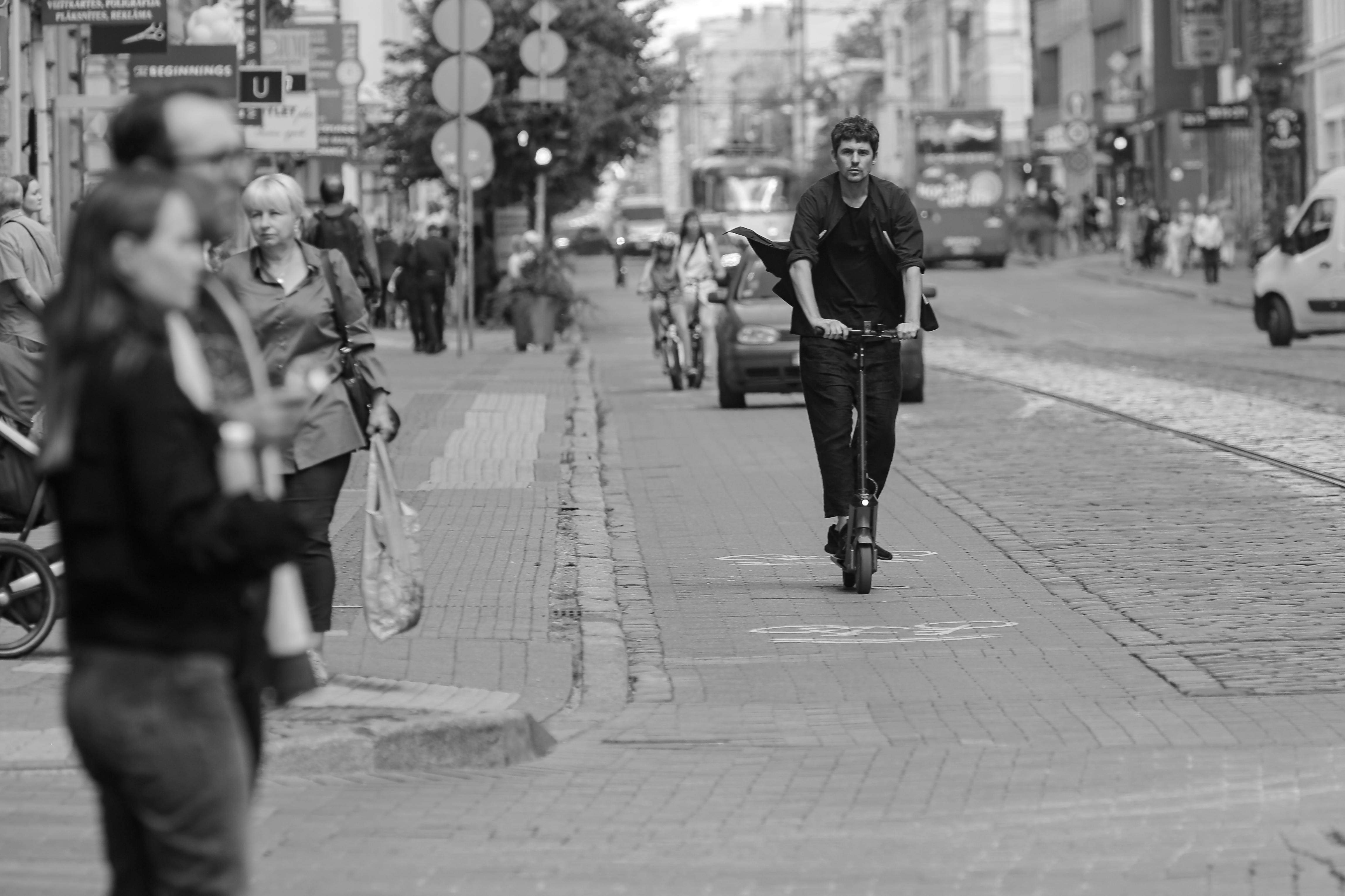Jim Jacobs’ Driving Lessons for Life 2 is a follow-up to his first book which used driving lessons as metaphors for ways to improve our lives. The journey continues in this sequel, containing fifty short essays on how we can all improve our lives by applying the lessons we learn along the way to our everyday situations.
Jim points out that the average person spends almost twenty-five hours a week in the car. Rather than this being meaningless or dead time, Jim advocates “using our drive time to improve our lives and relationships and really fulfill our potential.” For him, an experience on the road can become a “lifetime driving lesson.”
The book is full of advice for all of us to reflect on the various aspects of our lives. I think he will be enjoyed by everyone from novice to experienced drivers and Jim targets drivers of all calibers. For example, to new drivers, Jim offers, “Please don’t be afraid of making mistakes. Be afraid you’ll never get to the places you want to go. Everyone makes mistakes. It’s what you do with them that counts.” “.
The essays are full of fun and practical advice mixed with some thoughtful opinions. Some of the titles include: “A Car in the Summer Is Hot; People Aren’t” where Jim addresses issues with the way we objectify people; “Mind the Blind Spots,” which asks us to address the blind spots in our own lives; and “Which roads are you going to take?” to address the various life choices we might make.
The car metaphors are profuse throughout, but each one works, often in surprising but thoughtful ways. Everything related to driving appears here, from merging (worthy of a four-part essay series), to roundabouts, flashing lights, speeding, license plates, straying, and cruise control. One of my favorite approaches is “Car Talks”. Jim points out that we can often have amazing and meaningful conversations in the car. He strongly recommends that we use our time in the car with loved ones to improve our relationships simply by talking to each other and viewing car time as an opportunity to teach our children.
One of my favorite pieces of advice in this book relates to when Jim talks about bumper stickers that ask, “How am I driving?” He uses this commonly seen trait to discuss how we all need to learn to be open to feedback. He ends by suggesting: “Let’s get bumper stickers out of our lives that say, ‘How am I driving?’ and stick them on our backs. Then, with a grateful attitude, let’s invite people to give us feedback on our performance. When we apply the thoughts that fit, we’ll move further along the path of life. We’ll navigate with greater clarity.”
Another great story includes advice from Jim’s stepfather, who helped teach him to drive. His stepfather warned Jim as he approached a traffic light, “If it’s green now, it might be red when you get there.” what you might find there.
I also loved the metaphor about alignment. Jim states: “Most of the difficulties for people arise when behavior and beliefs are not aligned. In short, when you believe in one way but act in another, you are out of alignment. And being out of place can be a cause depression, anger, anxiety and a host of other emotional and relationship problems. Alignment between belief and behavior is very important.” After exploring the ways we get misaligned in our lives, Jim offers us three simple steps to realign them.
Jim doesn’t shy away from tough topics either. He takes issue with modern advice that often says to remove toxic or negative people from your life. Instead, he asks us to look at such people with compassion, stating, “Your life may be filled with people who are trying their best and need to be loved. I am convinced that this world needs more people who can take what they give.” be”. is negative and turn it into something positive. At least that’s my goal.” As he puts it in a later essay on the merger, “life is so much better for all of us when we let people in.”
Jim also talks about a plaque he saw that asks, “Izzitme?” After sharing the license plate owner’s reasons for the license plate, Jim discusses how we can use this question to ask ourselves “Is it me?” and assuming that if there is a problem, we are at least partially responsible, and taking responsibility can lead to healing.
Jim knows that our real-life road trip never really ends. We have to continually strive to follow the rules of the road and monitor our driving. Driving Lessons for Life 2 is a useful and fun reminder of the many aspects of life and driving that we can all benefit from. As Jim says at the conclusion of the book: “You have to persist in the direction you want to go and never lose sight of the goal. There are no rest stops on the road to a better and fuller life. Besides, the road will always be there for you.” under construction. There are more hills to climb, potholes to dodge, and things to experience. In many ways, it’s exciting that this particular journey never ends.”
If you want to make your journey a little smoother, I suggest you give this book a try.



